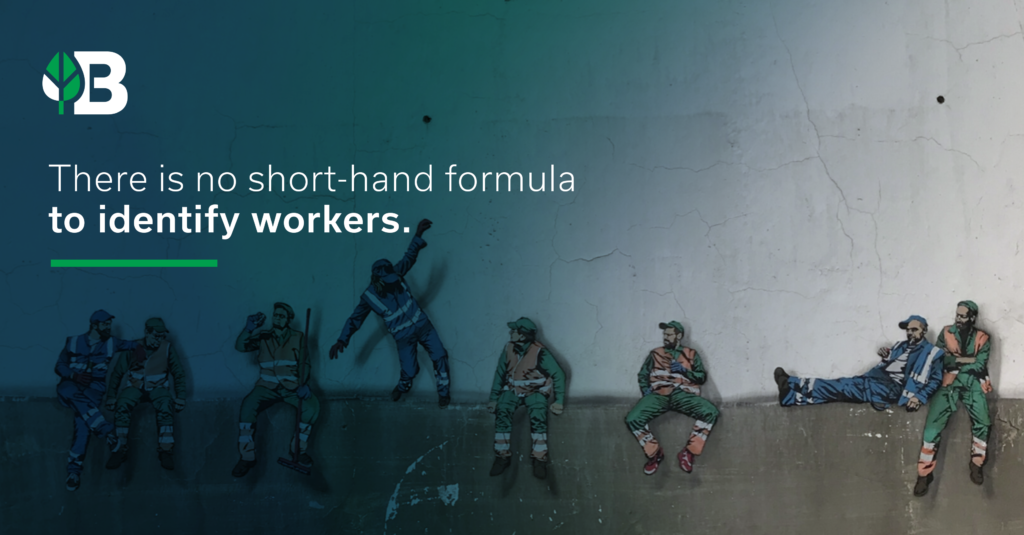Freelancing? The Gig Economy? Demystifying The “Non-Traditional” Employee
Want to hear a startling statistic?—more than half of the U.S. workforce isn’t confident that the work they do today is likely to exist in twenty years. That sets the stage for freelancing, and explains why it is said to become the majority of the U.S. workforce by 2027.
So, what exactly is a freelancer? In the 1800s, the term arose to signify a medieval mercenary who would take up arms—or lances—for whichever force best paid him. The earliest written evidence appears in Sir Walter Scott’s Ivanhoe:
“I offered Richard the service of my Free Lances, and he refused them—I will lead them to Hull, seize on shipping, and embark for Flanders; thanks to the bustling times, a man of action will always find employment.”
Indeed, those were heady times for freelancers! Today’s workplaces are thankful that modern day freelancers are far more demure, and possess skills that part ways with weaponry.
Freelancers today are an up-and-coming group of professionals that can be engaged in any supplemental, temporary, project- or contract-based work. This trend is also commonly referred to as the “gig economy.” Why gig?—gig here is synonymous with job or assignment. Freelancers act as their own bosses and control their own destinies, at least to a certain degree.
Just like the Free Lancers of old, twenty-first century freelancers are proactive when it comes to their work and understand the necessity to constantly refresh their skillsets. That said, the freelance economy not only impacts the worker, but also elevates the economy as a whole.
Here are a few things to know about modern-day freelancing based on the “Freelancing in America Study: 2017” by Upwork and the Freelancers Union:
- Just this year, 57.3 million people engaged in freelancing.
- The freelance workforce grew at a rate three times faster than the general U.S. workforce since 2014.
- 49% of full-time freelancers indicated their work has already been affected by AI and robotics, as compared to only 18% full-time non-freelancers.
- 59% of freelancers started freelancing within the last three years.
- Younger freelancers are driving the acceleration in freelancing; the survey found that 47% of those aged 18 to 34 freelanced in this year, as compared to 38% in 2014. The nine-point difference is the highest among all age groups, and the percentage of freelancers fell among those aged 45 and up.
- 69% strongly agreed or somewhat agreed that perceptions of freelancing as a career are becoming more positive in this year’s study, as compared to 63% last year.
- More people are freelancing by choice, with 63% of freelancers doing so by choice in 2017, as compared to 53% in 2014.
We can all agree that freelancing is a (work)force to be reckoned with. But who will impact the freelance economy the most? Millennials! Faith Popcorn, CEO and founder of Faith Popcorn’s BrainReserve, most certainly agrees. The largest cohort in the workforce “inherited a bad economy, have little prospect of home ownership, and come bearing deep college debt,” Popcorn says, so “the idea of one career seems increasingly untenable.” She believes that automation and AI will only accelerate the rise of the freelancer economy. “Ironically, automations like self-driving cars will eliminate some jobs (e.g., driving for Uber), and give way to new forms of freelancing yet undiscovered,” she says.
Jeff Barrett, CEO of Barrett Digital, said it best. “Don’t judge your success on old metrics or look for your next job in old ways.” The world of work is changing around us, and it’s important to evolve along with it. How else are we to reap the benefits of the seeds sown by Sir Walter Scott’s Free Lancers?




